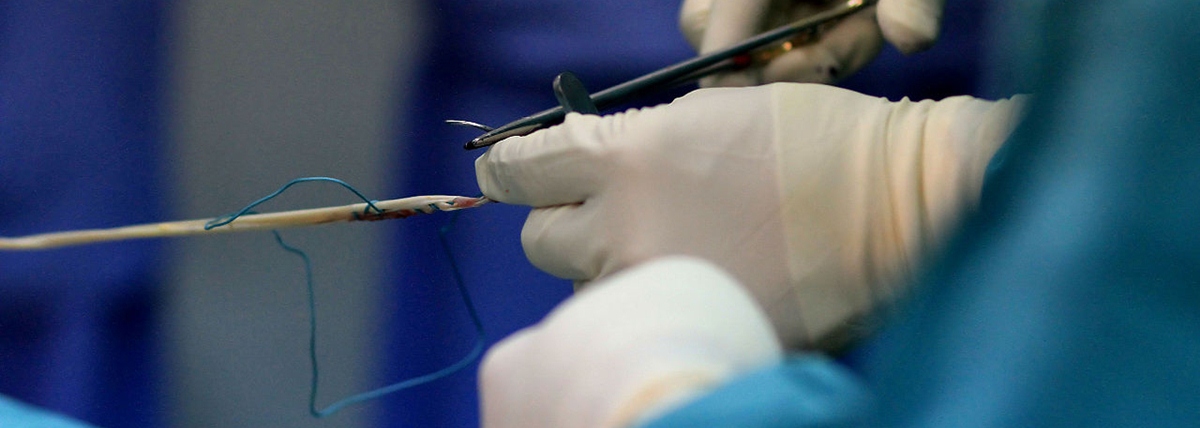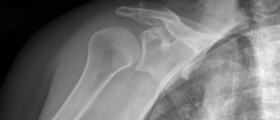Joints are maintained and supported by ligaments and the joint capsule. There are several layers of the joint capsule, but the inner one is known as the synovial membrane. The synovial membrane is in charge of the production of the synovial liquid, an oily liquid necessary for proper lubrication of joints.
The joint capsule may get inflamed, and this condition is medically known as synovitis. Synovitis features excessive production of the synovial fluid, which consequently causes swelling of the affected joint.
Risk Factors and Symptoms of Synovitis
Synovitis usually affects people suffering from rheumatoid arthritis, juvenile arthritis, and lupus erythematosus. It is also common for psoriatic arthritis. Apart from that, synovitis can be associated with other conditions such as rheumatic fever, tuberculosis, and gout or occur as a consequence of trauma.

The symptoms of synovitis include swelling of the affected joint. The joint is warm and feels puffy or boggy to the touch. The very process of inflammation may last for years. The joint components undergo degenerative changes, and the joint cartilage gradually deteriorates. In people suffering from inflammatory arthritis, there is evident overgrowth of the synovium.
Diagnosis of synovitis can be set after physical examination, but the condition must be confirmed by analysis of the synovial fluid. The test is very useful and may help in diagnosing some types of arthritis.
Conservative Treatment for Synovitis
Non-surgical treatment for synovitis includes anti-inflammatory medications such as Aspirin or ibuprofen. Patients are also administered corticosteroids. Steroids can be directly injected into the affected joint. In severe forms of arthritis and consequent synovitis, patients are prescribed disease-modifying anti-rheumatic drugs.
Surgery for Synovitis
People suffering from arthritis and consequent synovitis are initially treated with previously mentioned medications. However, if non-surgical treatment does not help, the only option left is surgical treatment. So, perfect candidates for the surgery include all those patients who simply do not benefit from medicamentous therapy and whose symptoms and signs of synovitis persist.
Synovectomy is a surgical procedure in which much of the synovium is removed. The surgery may eliminate all the symptoms, but many patients still require medications even after they have been operated on.
- We performed a single-centre pilot RCT. Patients with a macroscopically inflamed synovium were randomised to receive synovectomy versus a control group that did not undergo synovectomy. We determined feasibility by measuring patient enrolment, completeness of follow-up, and safety via haemoglobin decrease and documentation of adverse events.
- We screened 360 patients with 260 deemed ineligible or could not be recruited. From the 100 eligible patients, 54 were enrolled and 40 progressed through to randomisation. All made it to the 12-month follow-up, indicating good protocol adherence. There were no major differences in adverse events or haemoglobin decrease demonstrating acceptable safety. Outcomes relating to satisfaction were reliably obtained.
- There was a decrease in mean haemoglobin levels observed in both groups from pre-operatively to day one post-operatively: no synovectomy 138 g/L (SD 14) to 118 g/L (SD 16) versus synovectomy 141 g/L (SD 11) to 117 g/L (SD 10). There was no difference in mean haemoglobin levels between the two groups both pre-operatively relative risk ??2.90, 95% CI ??10.9 to 5.1, p?=?0.467, and post-operatively relative risk 0.30, 95% CI ??8.36 to 8.96, p?=?0.944. No patient received a blood transfusion.
- There were 10 adverse events reported during the study. Two were serious adverse events due to hospitalisation of the participants, both of whom were in the synovectomy group. In one case, this was due to constipation, and in the second case, the participant had developed a superficial wound infection. This was treated with antibiotics only and did not require surgical intervention. These serious adverse events were not classified as related to the synovectomy procedure.
- All 40 randomised patients completed follow-up to the 1-year end point. There was 100% documentation of range of movement scores at all time points. For the patient-reported outcome measures, completeness of follow-up was 100% for the EQ-5D, 95% for the WOMAC and SF-36 scores and 87.5% for the patient satisfaction from surgery scores. The loss of data was due to illegible recording on the scoresheet by the participants. There were no protocol deviations.
Synovectomy is performed either as an open surgery or arthroscopically. Many joints of the body can be operated this way including knees, elbows, wrists, finger joints, and hips. The surgery can be rather effective in the alleviation of pain. After the operation, patients are due to continue with the prescribed medications to prevent damage to other joints. There may be minor complications after synovectomy, and stiffness is the most common. This complication is treated with physical therapy.






-Arthritis_f_280x120.jpg)










Your thoughts on this
Loading...